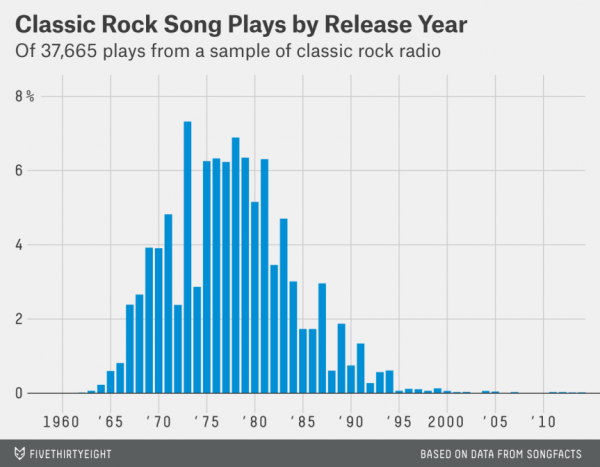Remembering Connecticut's Enduring Loss on 9/11
/“Jeff Gonski does not need a network television special or a commemorative newspaper edition to remember what he cannot forget: It has been 10 years since Amy Toyen, his 24-year-old fiancée, vanished in a cloud of toxic smoke and twisted steel at the tip of lower Manhattan. When American Airlines Flight 11 slammed into the North Tower of the World Trade Center, Amy was on the 106th floor preparing to make a presentation at a trade show for Boston-based Thomson Financial.” Boston magazine, in 2011, began its feature article with that stark recollection. Legacy.com begins its remembrance by describing how that morning began.
“To catch her early flight on Sept. 11, Amy E. Toyen arose in Boston at 4 a.m. so she could arrive in New York City at 6:45 a.m., in plenty of time to attend the trade show in Windows on the World at 1 World Trade Center. Ms. Toyen, 24, was demonstrating a software product of her company, Thomson Financial in Boston, when her fiancé, Jeffrey Gonski, got a call at 8:58 a.m. — his caller ID showed it was her cellphone — but when he answered, no one was there.
Mr. Gonski ha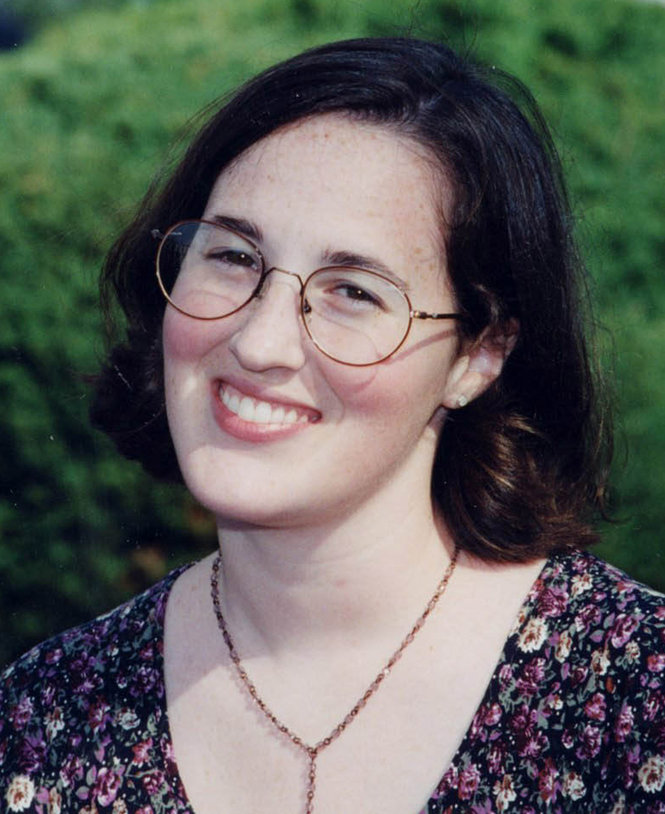 d met Ms. Toyen, who grew up in Avon, Connecticut, at their alma mater, Bentley College in Waltham, Mass., and had managed to pull off an elaborate proposal.
d met Ms. Toyen, who grew up in Avon, Connecticut, at their alma mater, Bentley College in Waltham, Mass., and had managed to pull off an elaborate proposal.
"We had just ordered her wedding dress," recalled her father, Martin Toyen. "She was so happy in her life — a woman in love, who loved her job." The wedding was set for June 16, 2002.
Toyen had lost a coin flip among business colleagues to decide who made the trip on Sept. 11; the night before, her flight from Boston to New York was canceled due to bad weather – but she was able to book a flight out of Logan International Airport at 6:00 the next morning.
After her death, Toyen’s parents would reflect on the luck that placed her in the worst part of the 110-story skyscraper, at the worst possible moment, the website MassLive reported. “It’s as if fate was telling her not to go,” said her father, adding that his daughter’s diligence pushed her to rebook the flight to get to the twin towers on time.
Since 9/11, Amy Toyen is remembered by those who knew her and loved her, those whose paths crossed hers along life’s journey, and by countless others, in her hometown of Avon, her native state of Connecticut, and well beyond .
.
A life size sculpture of a young Amy, funded by the student government of Avon High School, sits in the garden of the Avon Public Library. Canton artist Marilyn Parkinson Thrall designed and executed the 22-inch bronze statue depicting Amy, sitting cross-legged on a bench and cradling a teddy bear as she reads a book on her lap. Amy’s family sorted through many pictures in order to help Thrall capture her essence, incorporating her favorite daisy-print dress, tiny sneakers, and ponytails tied with pompom rubber bands. The statue sits upon a granite bench with a plaque that tells the full story.
Amy Elizabeth Toyen is one of the 2,977 people whose lives were tragically and abruptly ended on September 11, 2001, and one of 153 individuals named on Connecticut’s official memorial at Sherwood Island at Long Island Sound.
When the viewer faces the inscription on the state’s memorial stone they are oriented across the Sound to the site of the former World Trade Center in New York City, which had been visible from that scenic location. The inscription reads, "The citizens of Connecticut dedicate this living memorial to the thousands of innocent lives lost on September 11, 2001 and to the families who loved them."






 The “number of students with non-English home language” according to data on the website of the
The “number of students with non-English home language” according to data on the website of the 
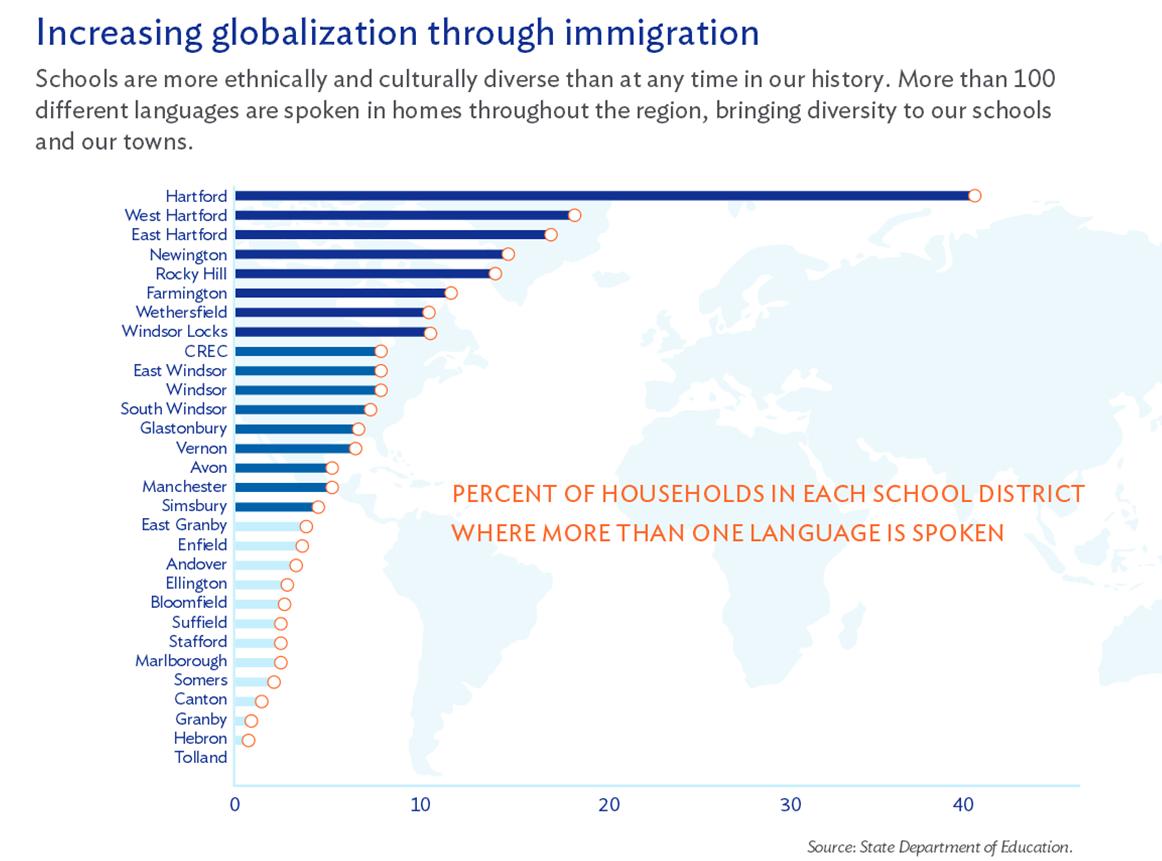 tudents.
tudents.


 thnic populations across the country are German (15.6% of the population), Irish (11%), Mexican (10%), English (8%), Italian (5%), Polish (3%) French (2%) Scottish (1% and Puerto Rican (1%).
thnic populations across the country are German (15.6% of the population), Irish (11%), Mexican (10%), English (8%), Italian (5%), Polish (3%) French (2%) Scottish (1% and Puerto Rican (1%).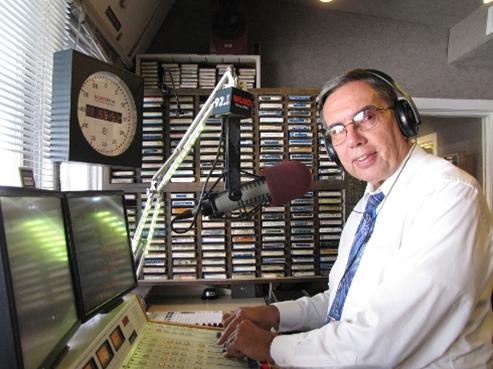 ess
ess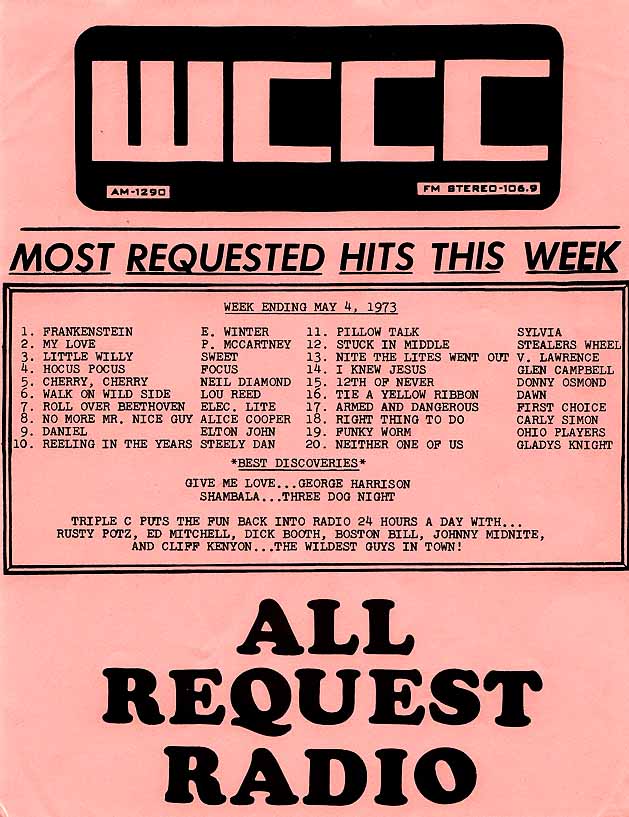

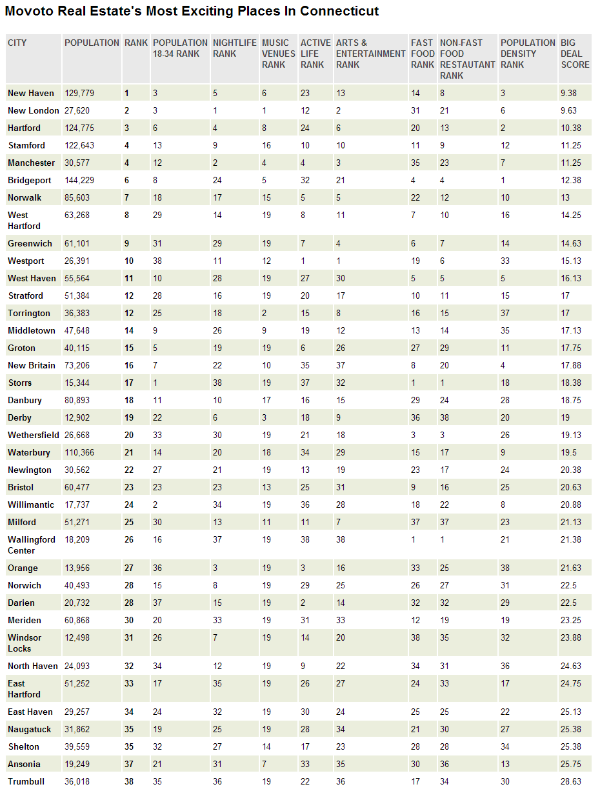
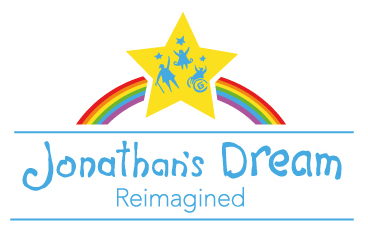 from its Quest and Third Age Initiative programs to help rebuild the new Jonathan's Dream, working with the Mandell JCC.. The project is also supported by
from its Quest and Third Age Initiative programs to help rebuild the new Jonathan's Dream, working with the Mandell JCC.. The project is also supported by 


 Adriana S. Cordis is an Assistant Professor of Accounting at Winthrop University in South Carolina. Her areas of teaching expertise include managerial and cost accounting, and her research focuses on capital-market and transfer-pricing issues. She also has a long-standing interest in corruption from a public policy perspective. Patrick L. Warren is an Assistant Professor in the Department of Economics at Clemson University. His research has focused on decision making in public sector organizations, auditing and political accountability.
Adriana S. Cordis is an Assistant Professor of Accounting at Winthrop University in South Carolina. Her areas of teaching expertise include managerial and cost accounting, and her research focuses on capital-market and transfer-pricing issues. She also has a long-standing interest in corruption from a public policy perspective. Patrick L. Warren is an Assistant Professor in the Department of Economics at Clemson University. His research has focused on decision making in public sector organizations, auditing and political accountability.
 e New Haven-based station. Lamberti, who has also been on air at Connoisseur’s Fairfield County classic rock station, 95.9 FOX, was on the afternoon drive shift at WDRC-FM.
e New Haven-based station. Lamberti, who has also been on air at Connoisseur’s Fairfield County classic rock station, 95.9 FOX, was on the afternoon drive shift at WDRC-FM. 
